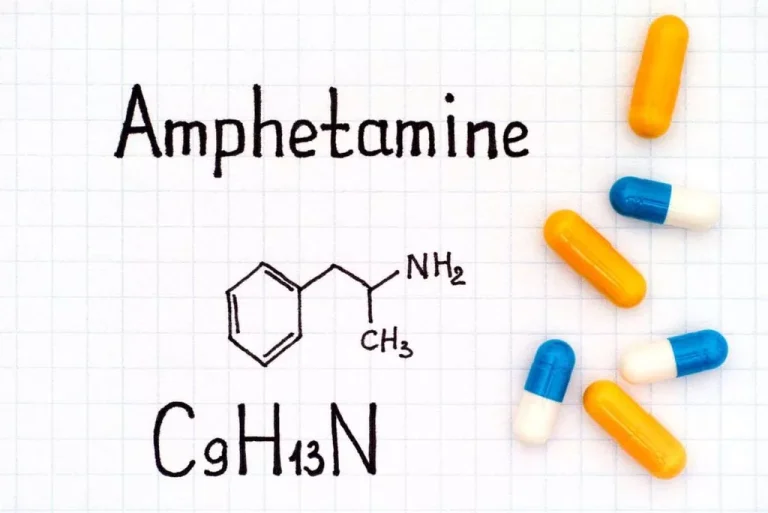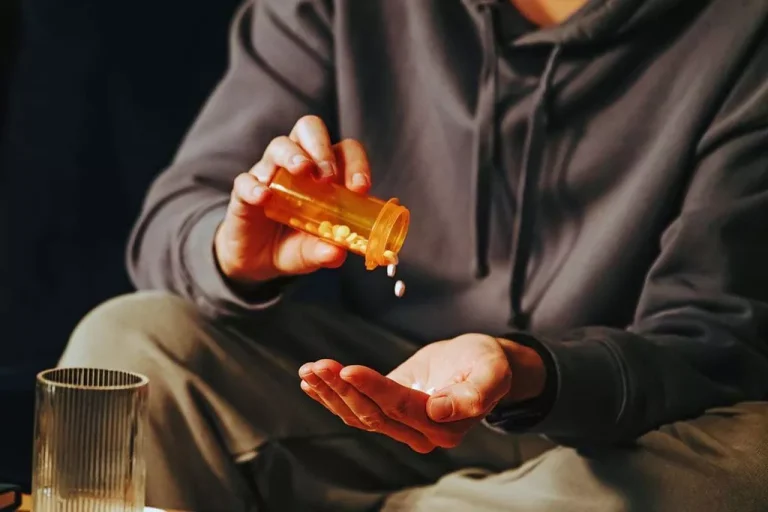Everything You Should Know about How Long Do Amphetamines Stay in Your System

Amphetamine (its street name is “speed”) is one of the modifications of stimulants that are utilized for medical purposes. Dextroamphetamine and methamphetamine are two of the most well-known kinds of “speed” that are often sold illegally. Both doctor-prescribed, and street-bought narcotics can be misused and addictive. Methamphetamine (meth) is the amphetamine consumed by most junkies.
Amphetamine addiction is a dope intake disorder when you must take a daily dose. You may experience withdrawal signs if you stop taking analeptic abruptly. Let’s discuss how long do amphetamines stay in your system and whether they can be cleared faster.
Primary reasons to organize tests
Amphetamines are Schedule II substances; it means they are addictive, and there is a significant risk of narcotics overuse. Doctors prescribe these stimulants to patients struggling with obesity, attention deficit disorder, hyperactivity, or narcolepsy. Any consumption of analeptics without a prescription is illegal in the US.
Today, there are many reasons why a person can be forced to undergo dope screening. Employers often test hired employees to make sure they may work efficiently and not pose a danger to co-workers. Investigating illegal consumption is essential if we speak about people arrested for various crimes. Sometimes testing is organized in schools and colleges. People who have previously abused stimulants should have routine narcotics checks occasionally to guarantee they stay clean.

Take back control of your life and start on the road to recovery now.
How long do various kinds of stimulants stay in the body?
If you want to comprehend how long do amphetamines stay in your system, you need to study the half-life of different substances, that is, how long it takes to drop to half its highest concentration. Most energizers leave the organs in their entirety after five half-lives. But even after that, their elements are viable to detect in various biological materials. Most narcotics in the group have a similar half-life and time of discovery.
- Methamphetamine keeps in the blood for up to 48 hours and in the urine for about 96 hours. Some experts argue meth may accumulate in the urine with constant consumption. Unlike legal stimulants, meth is illegal in the USA, and any consumption of it is considered an overuse.
- Adderall (Amphetamine) remains in human organs for about 48 hours. The half-life of Adderall is 10 hours, like most other stimulants. It is the most popular energizer in the USA and is taken under medical advice to increase one’s ability to work.
- Dextroamphetamine (Dexedrine) is an Adderall replacement that helps people with narcolepsy and obesity. There are stimulants with instant and prolonged action. Such substances have the same half-life (up to 48 hours) and a similar detection interval.
Any narcotic substances should only be taken under the supervision of a physician as they have side effects, including depression, mood swings, paranoia, psychosis, etc. Any attempt to stop narcotic consumption can cause severe withdrawal symptoms.
What determines the period of stay of the amphetamine in the body
Several factors influence how long do amphetamines stay in your system. It is crucial to analyze the following aspects of health if you are considering quitting narcotics:
- Age: young people have a faster metabolism and more opportunities to restore the body’s standard functioning. Older people have a more extended metabolism, which means toxins stay in the body longer.
- Physique resources: height, weight, and fat content should be analyzed, considering the dose used. If a human consumes stimulants in large quantities, the elimination period may differ significantly from the average values.
- Genetic: the physique of a human and the speed of metabolic processes largely depend on his genetic predisposition. Figure and genetic factors influence how narcotics are processed in the body.
- Features of the kidneys and liver: if a human has problems with these systems, it will be more challenging to remove the toxic elements of Dexedrine than a narcomaniac with healthy kidneys and liver. It also affects the processing interval of energizers.
The fundamental factors on which the rate of meth exiting from your body depends are the frequency and amount a person consumes. If we speak about experienced addicts, it takes them longer to get rid of “speed” than someone who has taken a small volume of the stimulant once.

The most famous drug tests
“Speed” checks can be performed using samples of different biological materials. Home tests may include several phases: performing a simple analysis and, if positive, sending samples to a medical institution to get complete control. Consider the most famous screenings categories and how long do amphetamines stay in your body.
Urine
Urinalysis is the most famous testing option for stimulants, as it shows both the content of the narcotics and their metabolites. You can get a positive answer after 4-6 hours and up to 2-5 days depending on the pH of the biomaterials and other factors.
Saliva
Examining the oral fluid is a non-invasive procedure that guarantees easy obtaining of materials. This test demands a lower screening preparation than a urine screening, and the likelihood of falsified results is minimal. This control allows catching sight of Dexedrine from a few minutes to 48 hours after the final dose.
Blood
Blood screening allows you to determine narcotic components from several hours to a few days. Meth keeps in plasma for up to 6 hours, while amphetamine salts can accumulate in the blood for about 60 hours. Such a type of study is considered more precise than a urine control, but the detecting interval is often shorter. It is an uncomfortable, invasive procedure; therefore, this type of screening is the least popular.
Hair
Hair follicle exploration is the most reliable checking method to find stimulant overuse. It has a maximum detecting window since dopes from the blood penetrate the hair within 7-10 days. While test materials can be easily collected, screening can be expensive as only some laboratories offer such a test. Sometimes there are difficulties interpreting the results since distortions occur due to hair contamination or chemical treatment. Such screening allows you to determine dope consumption within 90 days.
If you are taking prescription drugs, this may lead to positive narcotic screening, especially when testing urine. Be sure to provide such data to the specialist who conducts the control to avoid complications due to false conclusions.

This can be a difficult journey, but you don’t have to go it alone. Let us be your guide and provide you the environment needed to regain control of your life and begin the path to recovery.
How to remove energizers from the organism
When we talk about opioids and benzos, the rate of their elimination can be increased by special antidotes, but there are no such reversing agents for stimulants. Simply put, there is no quick and easy path to clear the body of “speed”. Your organs must process the analeptics and excrete them on their own.
You may improve the absorption of meth, but this is unlikely to radically transform the withdrawal period of “speed”. There are several options on how to speed up the stimulants metabolism:
- Hydration: drink more water at a time, e.g., several 12-ounce glasses. It encourages your body to produce more urine to excrete the narcotic and will dilute the bodily fluids enough to give you a negative test. During the study, experts may notice that the urine is diluted.
- Take a diuretic: these soaked tablets dilute urine and encourage urination. They also raise the sodium in the urine, so the laboratory staff may guess you wanted to change the materials.
- Avoid alcohol: hard drinks help meth attach to fats in the human body. If stimulants accumulate in fat cells, they are more difficult to remove from the body.
- Exercise: fat burning will also decrease narcotic levels because dopes are stored in fat cells. In your training program, we recommend including aerobic exercise and other activities that cause profuse sweating.
- Healthy eating: nutrient deficiencies impair the ability to process substances, and many addicts refuse to eat regular foods. Food, including fruits, vegetables, and proteins, will be an excellent support during this period.
If you obtain a positive drug test, the specialists who screened you may be able to recommend different ways to eliminate your addiction. They will refer you to a local clinic, or you may explore various detox programs and choose the best variant.
At the end of the rehab course, it is crucial to maintain a sober lifestyle, and this is sometimes difficult if you need to return to your past environment. Therefore, we recommend you think about moving to Eco Sober Houses – this is a secure and healthy environment for people who want to eliminate narcotics and strong liquors from their lives permanently. Participation in our 12-step therapy program and personal consultations with specialists will reduce the risk of relapse and raise the chances of recovery.




